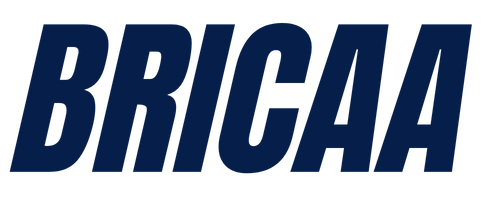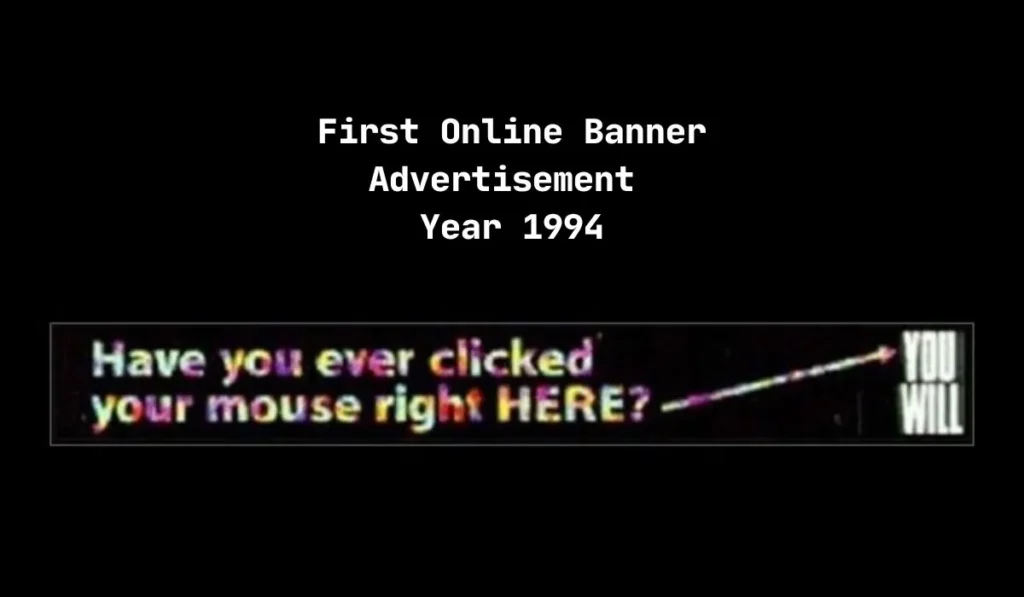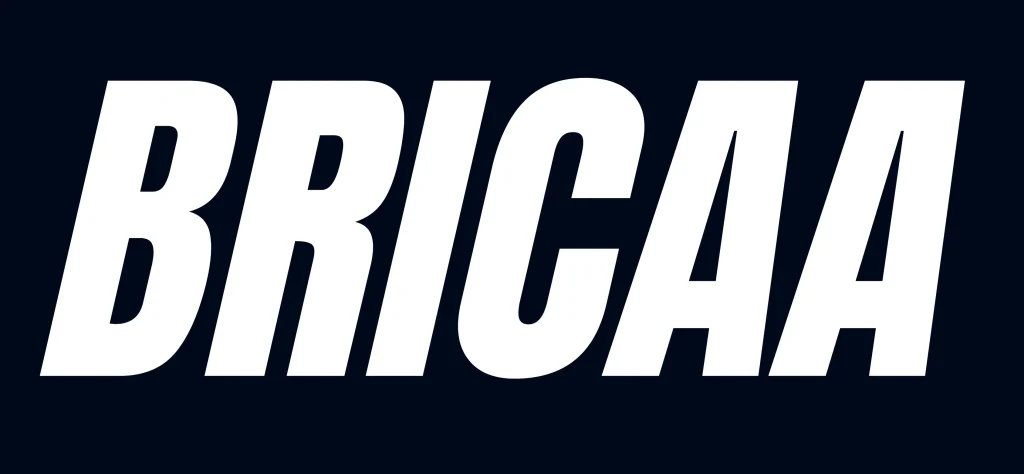Table of Contents
ToggleFirst Digital Advertisement to Modern Digial Advertising
Digital advertising has come a long way since the first digital advertisement appeared in 1994. Back then, the internet was in its infancy, and few people had access to it. But as the internet became more widely available, so did Digital advertising. Today, Digial advertising is a multi-billion dollar industry, and businesses of all sizes use it to reach customers around the world.
In this article, we’ll explore the history of Digial advertising, starting with the first digital advertisement and moving on to the present day. We’ll look at the technologies and platforms that have emerged over the years, and we’ll examine the impact of Digial advertising on the advertising industry as a whole.
Birth of Digital Advertising
In October 1994, a banner advertisement for AT&T appeared on the website of Wired Magazine. The ad was simple – it featured a series of text links that took users to various AT&T products and services. But it was groundbreaking because it was the first digital advertisement ever to appear online.
At the time, Digial advertising was a new concept, and few people had heard of it. But the AT&T ad proved to be a success, generating a click-through rate of 44%. This was much higher than the click-through rates of traditional advertising, which typically ranged from 0.5% to 2%.
The success of the AT&T ad paved the way for other companies to try Digial advertising. In the years that followed, banner ads became the dominant form of online advertising, with companies using them to promote everything from cars to computers.
The Evolution of Digial Advertising: From Banners to Social Media
Over the years, Digialadvertising has evolved in many ways. Here are some of the key milestones:
Pop-Up Ads:
In the late 1990s and early 2000s, pop-up ads became popular. These were ads that appeared in separate windows when users clicked on a link. Pop-up ads were controversial because they were often seen as intrusive and annoying. But they were also effective – at least initially – because they were hard to ignore.
Search Advertising:
In 2000, Google launched AdWords, a platform that allowed businesses to place ads on its search engine results pages. This was a game-changer for Digial advertising because it allowed businesses to target customers who were actively searching for their products or services. Today, Google is still the dominant player in the search advertising market, generating billions of dollars in revenue each year.
Social Media Advertising:
As social media platforms like Facebook and Twitter grew in popularity, they became a natural destination for Digial advertisers. Today, social media advertising is a multi-billion dollar industry, with companies using platforms like Facebook, Twitter, and Instagram to reach their target audience.
Video Advertising:
As more people started watching video online, video advertising became an increasingly popular form of Digial advertising. Today, platforms like YouTube and TikTok are home to millions of video ads, and businesses of all sizes are using video to promote their products and services.
Native Advertising:
Native advertising is a form of advertising that blends in with the content on a website or social media platform. This can include sponsored articles, videos, and social media posts. Native advertising is often seen as less intrusive than traditional advertising because it doesn’t disrupt the user’s experience as much. It’s also more effective because it’s more likely to be seen and engaged with by users.
Impact of Digital Advertising on the Advertising Industry
Digital advertising has had a profound impact on the advertising industry. Here are some of the key ways:
Targeting and Personalization
One of the biggest advantages of Digial advertising is its ability to target and personalize ads. With Digial advertising, businesses can target their ads to specific demographics, interests, and behaviors. This means that ads are more likely to be seen and engaged with by the people who are most likely to be interested in them.
Data and Analytics
Digial advertising also provides businesses with a wealth of data and analytics. By tracking user behavior and engagement with ads, businesses can get insights into what works and what doesn’t. This allows them to optimize their advertising campaigns for maximum effectiveness.
Competition and Innovation
Digial advertising has also driven competition and innovation in the advertising industry. With so many businesses vying for users’ attention, companies have had to get creative with their advertising strategies. This has led to the development of new ad formats, platforms, and technologies.
What was the first digital advertisement?
The first digital advertisement was a banner ad for AT&T that appeared on the website of Wired Magazine in October 1994.
How successful was the first digital advertisement?
The first digital advertisement was a huge success, generating a click-through rate of 44%.
What was the impact of the first digital advertisement on the advertising industry?
The first digital advertisement paved the way for other companies to try Digial advertising. It also showed that Digial advertising could be effective, even in the early days of the internet.
How has Digial advertising evolved since the first digital advertisement?
Digial advertising has evolved in many ways since the first digital advertisement, including the development of new ad formats, platforms, and technologies.
What are some of the key advantages of digital advertising?
Some of the key advantages of digital advertising include targeting and personalization, data and analytics, and competition and innovation.
What is the future of digital advertising?
The future of digital advertising is likely to be shaped by new technologies and platforms, including artificial intelligence, virtual and augmented reality, and voice search.
Conclusion
The first digital advertisement was a watershed moment in the history of advertising. It showed that digital advertising could be effective, and it paved the way for the development of new ad formats and platforms. Today, digital advertising is a multi-billion dollar industry that is constantly evolving.
As we look to the future of digital advertising, it’s clear that new technologies and platforms will continue to shape the industry. But one thing is certain – digital advertising will remain a vital part of the advertising landscape for years to come.


